If you're looking for the easiest way to make the Perfect Fried Eggs, you're in the right place. Whether you like your eggs sunny side up, over easy with a runny yolk, or you prefer your yolks a little bit firm, I've got the techniques down and I'm sharing them with you!
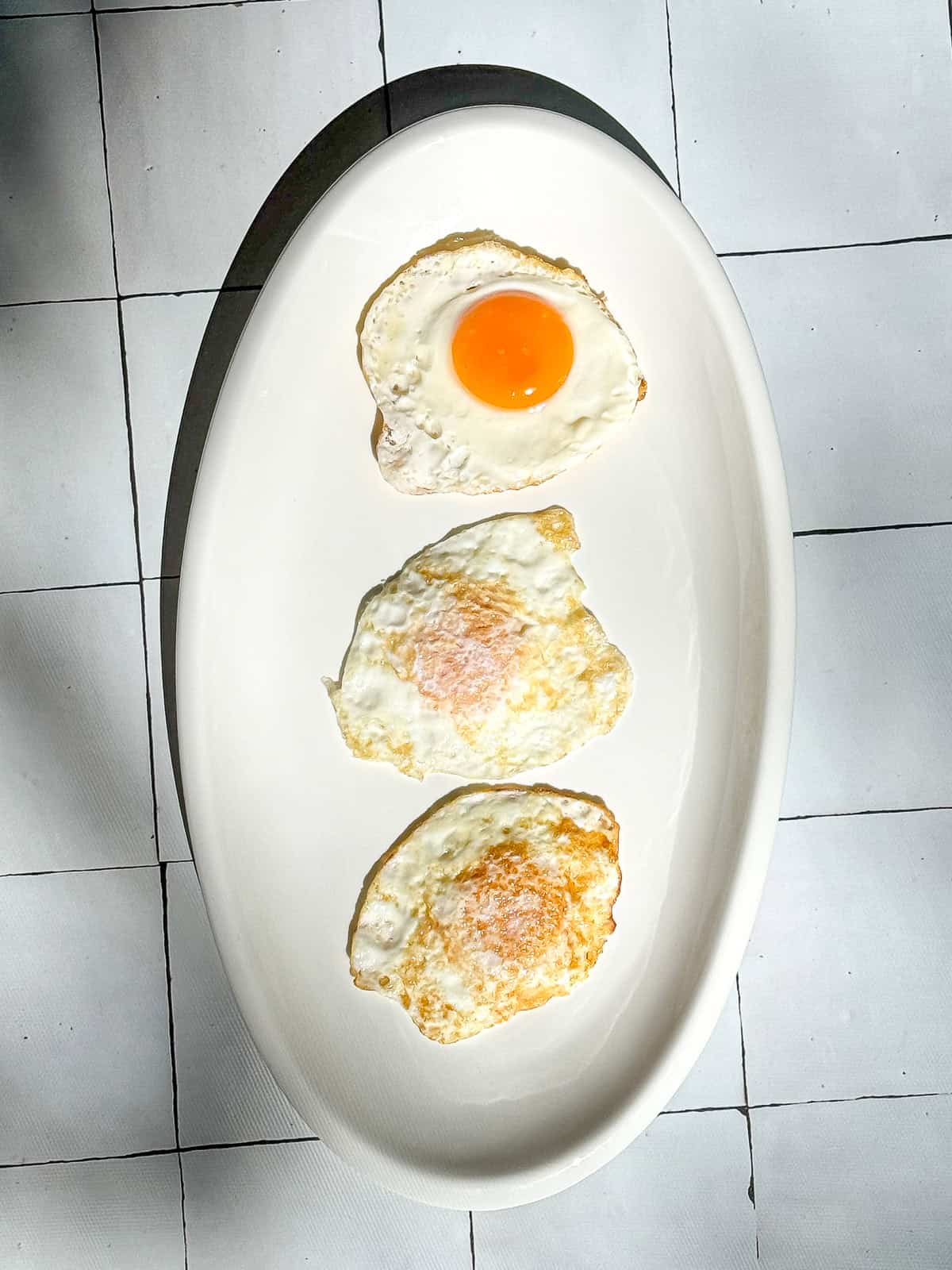
Save This Recipe! 💌
I am a recovered ovaphobic. Without ever having cooked an egg, I was afraid of cooking eggs. For years I felt like a fraudulent Brunch Queen because I couldn't make Perfect Fried Eggs.
Believe it or not, from the age of 10, my youngest child made all the eggs for the family. I didn't take over until after I started this blog. I faced my fears, broke a lot of eggs, and now I stand before you as the head egg fryer in the family. Allow me to adjust my crown.
With my easy technique, we'll be covering what I find to be the best way to make crispy fried eggs for everyone in your crew, no matter how they like their yolk. We'll focus on making our eggs one at a time, but as you gain more eggs-perience, you're going to find the confidence to make a panful of perfectly cooked eggs at the same time and I can't wait for that moment!
Jump to:
Ingredients
You need eggs. After that, it's a matter of what fat you prefer to cook your eggs in, if any, and whether you like salt and pepper, or whether you're focused more on clean eating and want an unseasoned egg just for the omega 3 fatty acids.
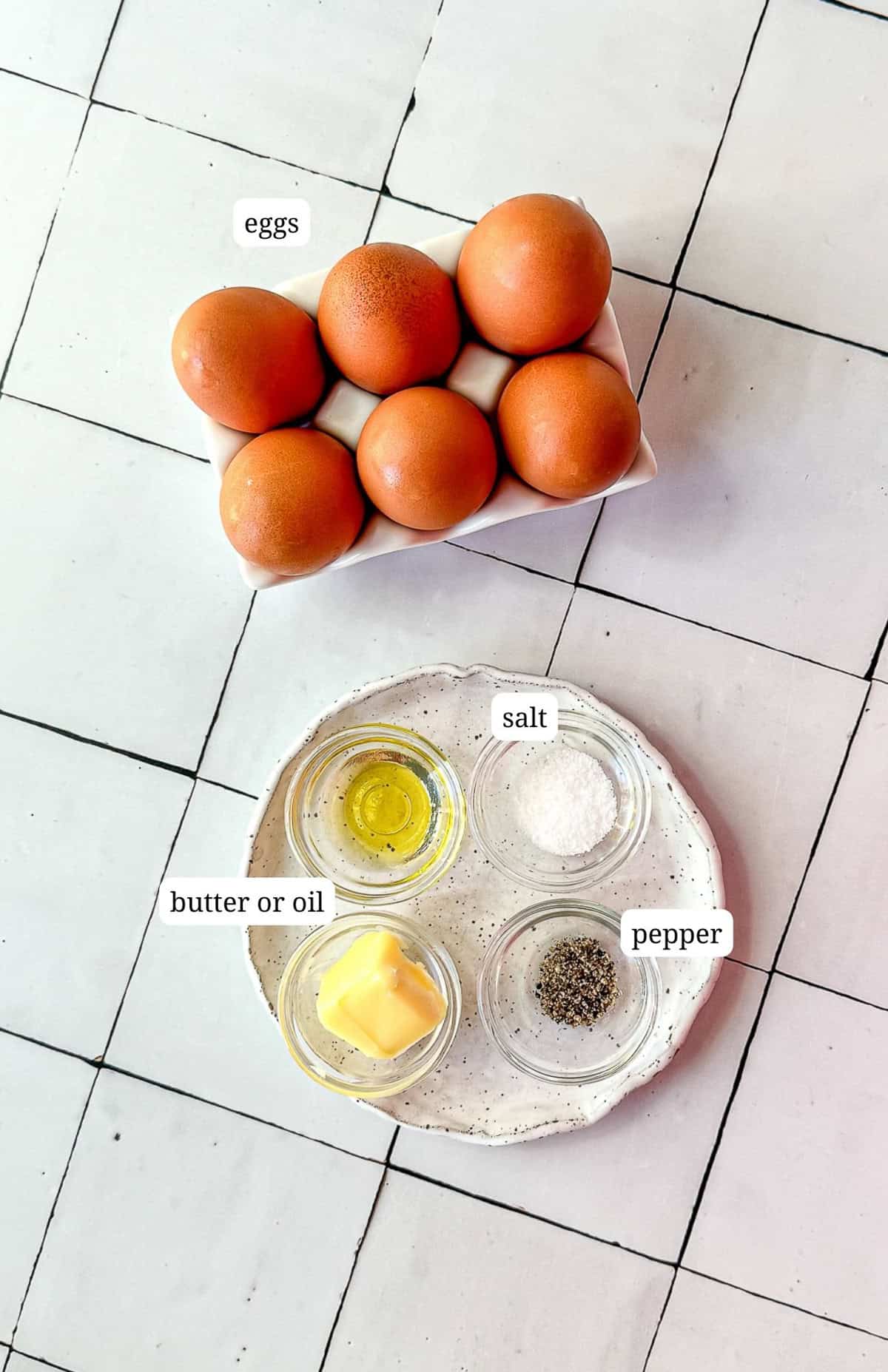
- Eggs - I am using large organic pasture raised fresh eggs. The same eggs I use when I make a frittata, when I bake muffins, even for an egg wash on my buttermilk biscuits. You can use whatever eggs you can afford and that work for you. Smaller eggs may have a shorter cook time and extra large eggs may take a little longer.
- Oil or butter - My Dad always cooked his eggs in butter in a cast iron pan. They had delicious brown, almost black edges, and were as crispy as anything on the bottom. I like to cook my eggs in oil, for a little less color and crisp, but you can use whichever one you want, or use a combination of both butter and oil. If your nonstick pan is sufficiently nonstick, you can even skip the fat, if you prefer.
- Seasoning - I am a salt and pepper girl, just like my Daddy, but eggs are a literal blank slate. You can use crushed red pepper, you can add adobo or taco seasoning, you can even sprinkle with a little everything bagel seasoning.
Variations
As we go through our egg-cookery series, we're going to experiment with some viral eggs, and maybe even make a few you've never heard of. here's a few ideas to get us started:
- Spicy - Add your favorite chili pepper flakes while cooking to add heat to your eggs, or use a tablespoon of chili crisp in place of the oil. Crack your egg right in the center and fry to your desired cook.
- Pesto - Add a tablespoon of basil pesto, the oily part on the top, in place of the oil and crack in your egg. Fry away.
- Tomato and feta - Use a tablespoon of the oily portion of sun dried tomato pesto and sprinkle onto that with crumbled feta cheese. Crack in your egg and let it fry.
- Parmesan eggs - Add about ½ tablespoon of oil to your pan and sprinkle on a couple of tablespoons of grated or finely shredded parmesan. Crack in an egg and then you know what to do!
Any way you fry it Love eggs and toast? Make my delicious Egg in-a-Hole, which is a piece of bread toasted in a pan with an egg cracked into a hole in the center. The circle you cut out is the perfect little dipper!
How to cook eggs for every need
I like my eggs cooked a certain way depending on how I plan to serve them and eat them. If I am serving eggs with toast, there's something about a sunny side up egg that just cries out to be broken open with a corner of crispy toast.
If I'm eating eggs with a side of crispy hash browns or on top of potato hash, I want to make over-easy eggs with crispy edges, so I can break into the egg and have the yolk drip down and sauce them.
If I'm making a breakfast sandwich, like a sausage egg and cheese biscuit, homemade McGriddles, Egg McMuffins, or a breakfast BLT, I want it over medium, with a slightly runny yolk, that adds a little sauce to the sandwich, without getting my hands messy. How do you like your eggs?
Best Friends Other than crispy toast, every egg's best friend is the potato. Try pairing your favorite egg with my sheet pan potatoes, crispy hash brown patties, or my potato hash. All great choices!
How to crack an egg
In the bakery, I literally cracked thousands of eggs to make everything from mini quiche to blueberry streusel muffins. I started out by cracking eggs on the edge of the bowl, but I found that I was more likely to get egg shells into the bowl, making them hard to remove. If you do get a piece of shell in the bowl, use a larger piece of shell to scoop it out. I'd like to say that this is a bit of egg science, but it just works, okay?
To keep the yolk unbroken, and avoid adding bits of shell into your eggs, try this simple method: Hold the egg on the ends with your fingers and gently tap the side of the egg on a flat surface, like a counter or cutting board, then carefully use your thumbs to open the egg and place it into the hot oil.
Equipment: Type of pan
A non-stick skillet is my go-to for perfect eggs. Perfect for beginning egg fryers, it provides a nice slick surface, making it easy to get under the egg with a spatula to flip it, and you can use less oil if you like. If using a nonstick pan, make sure to use a nylon flexible spatula to avoid scratching the surface.
if you don't have a nonstick skillet, my second choice is a well-seasoned cast iron skillet. My Dad always used one, and bacon fat, and that combo makes for a uniquely crispy edge fried egg. It retains heat well, but you probably want to heat it a little lower, maybe medium-low, and let it preheat for about 5 minutes before adding your fat and eggs, so you know it's at the right level and you can avoid burning anything.
I steer clear of recommending a stainless steel skillet because learning to preheat it to make it have nonstick qualities is a real skill. My friend Rebecca at the practical Kitchen has a great stainless steel tutorial, if you still want to try that route.
Instructions
The key element to making Perfect Fried Eggs, is not moving them until you absolutely have to. You need to give the eggs time to develop a little structural integrity - a sturdy base, if you will. Having firm whites and crispy lacy edges is, to me, the definition of a perfect fried egg. Now let's talk about the yolks folks.
You want to be sure not to drop your egg into the pan from very high. You're more likely to have the yolk break on impact. Crack your egg and then open it just above the surface of the pan, or crack the egg into a small bowl or ramekin first, then pour it into the pan.

Step 1: The first thing is to heat your pan over medium heat. When hot, add your choice of fat to the bottom of the pan. I prefer to use a neutral vegetable oil, although I will sometimes use ½ tablespoon of oil, let it heat, and then add ½ tablespoon of butter and heat until just foaming.
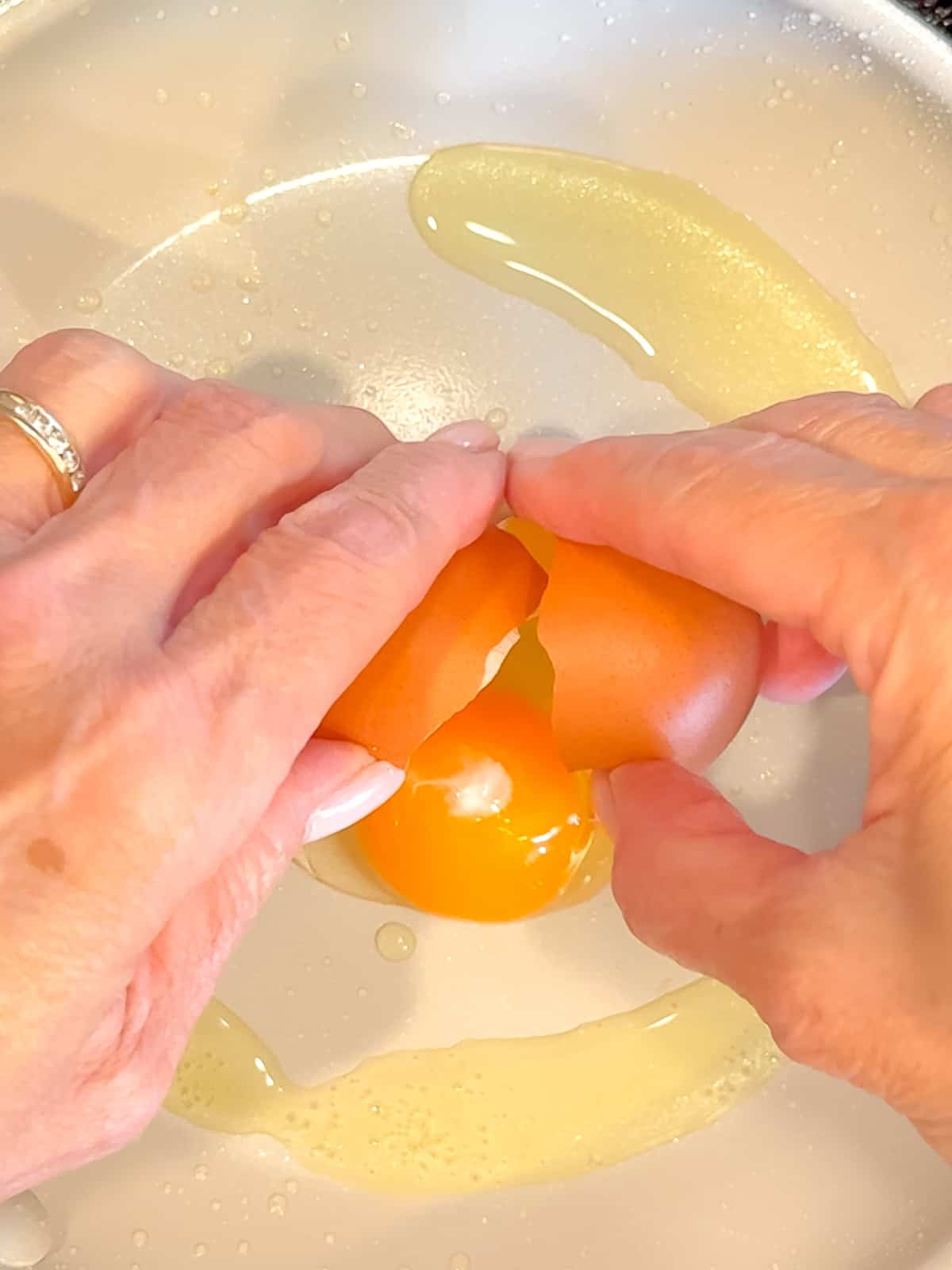
Step 2: Tilt the pan to evenly distribute the fat and carefully crack your egg just over the surface of the pan.

Step 3: Let cook for one minute on medium heat. You can season the egg now or wait until done. It doesn't make a difference.
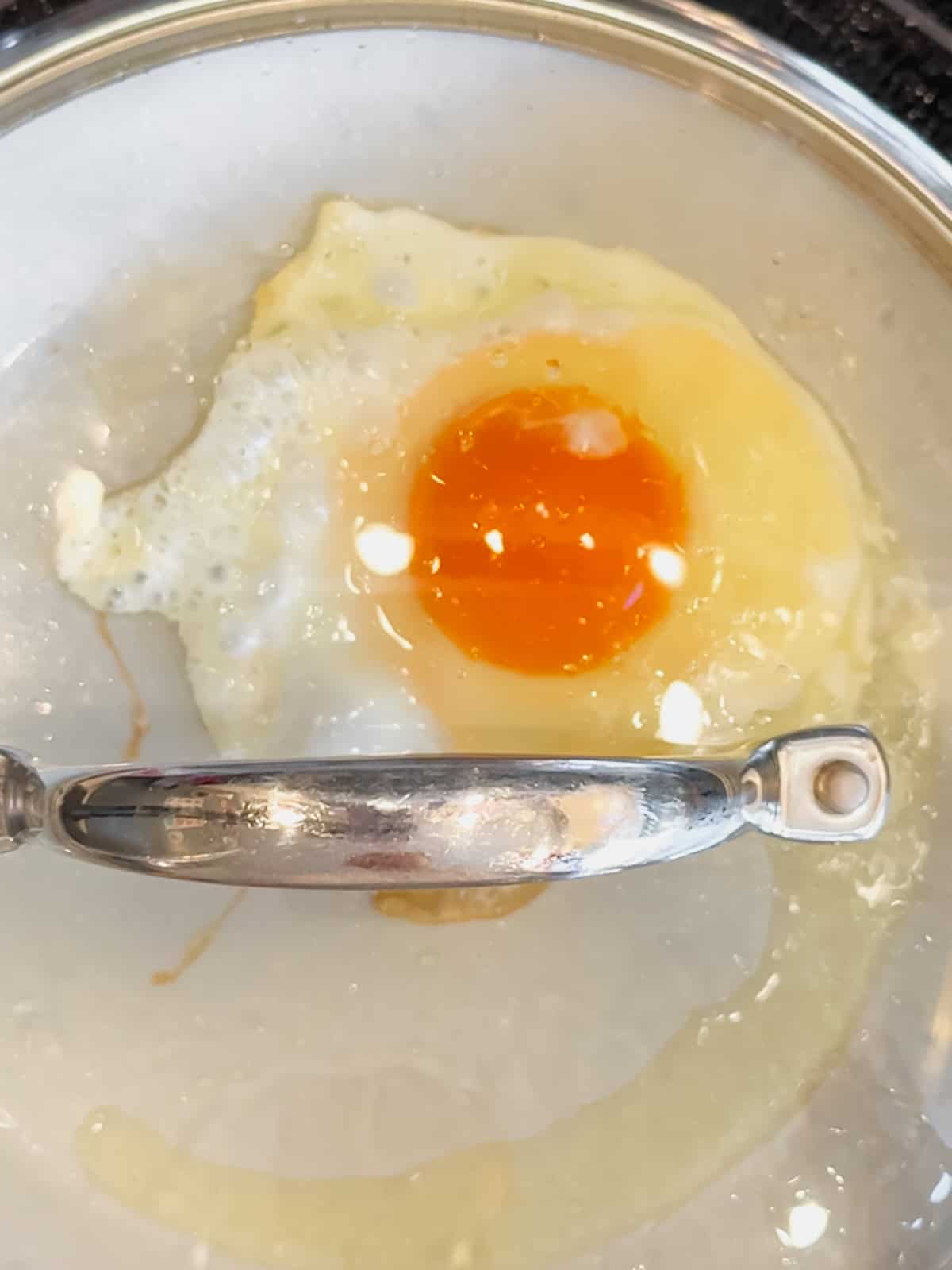
Step 4: Cover the pan and cook for one more minute. If your pan does not have a lid, use a small sheet pan, or aluminum foil, to cover the pan completely.

Step 5: After one minute covered, your sunny side up egg should be done. If you want the whites cooked more, add 1 teaspoon of water and cover again for about 30 seconds.
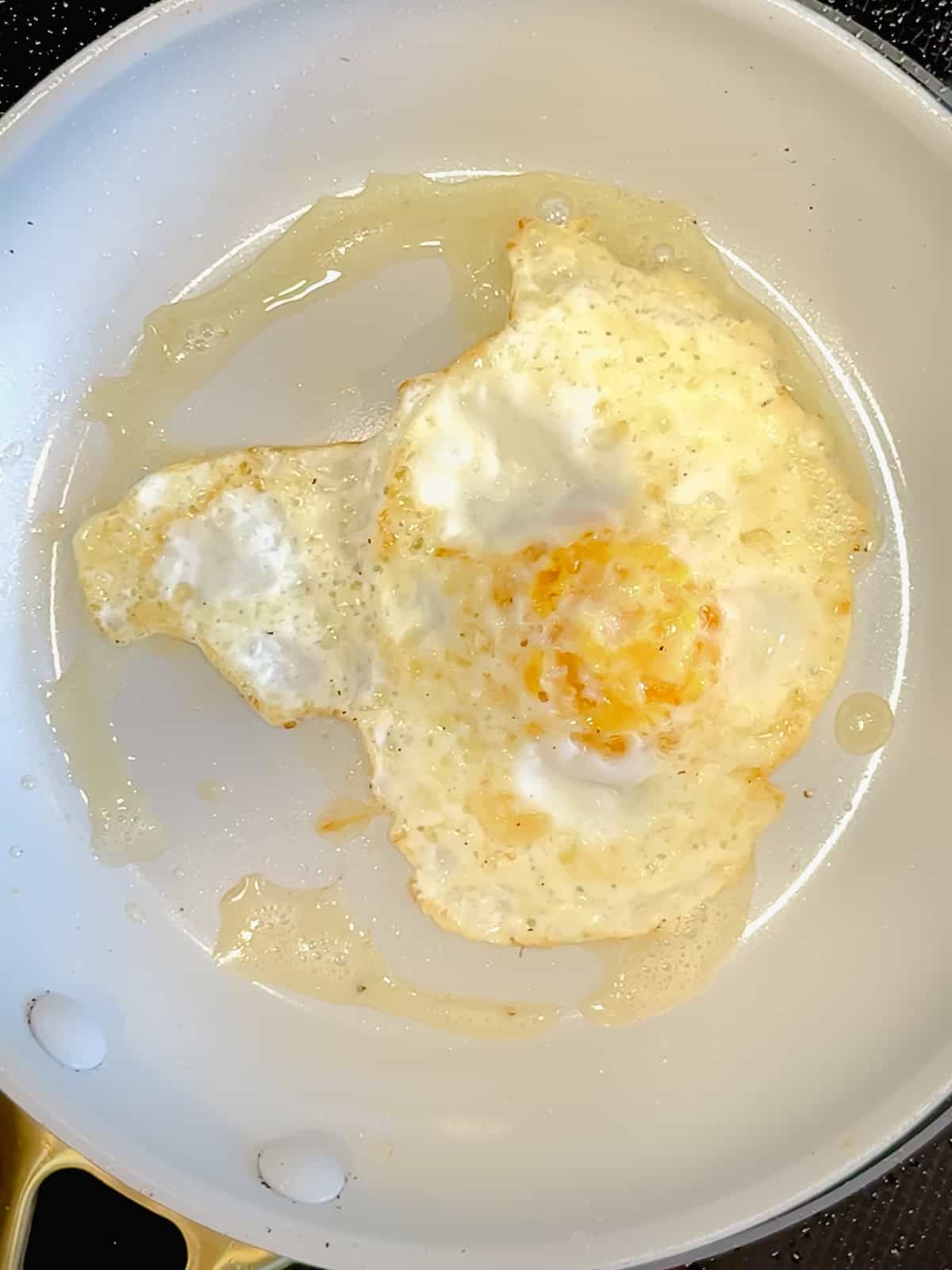
Step 6: For over easy or over medium eggs, use a flexible spatula and gently flip over your egg. See below for specific cook times for each egg.
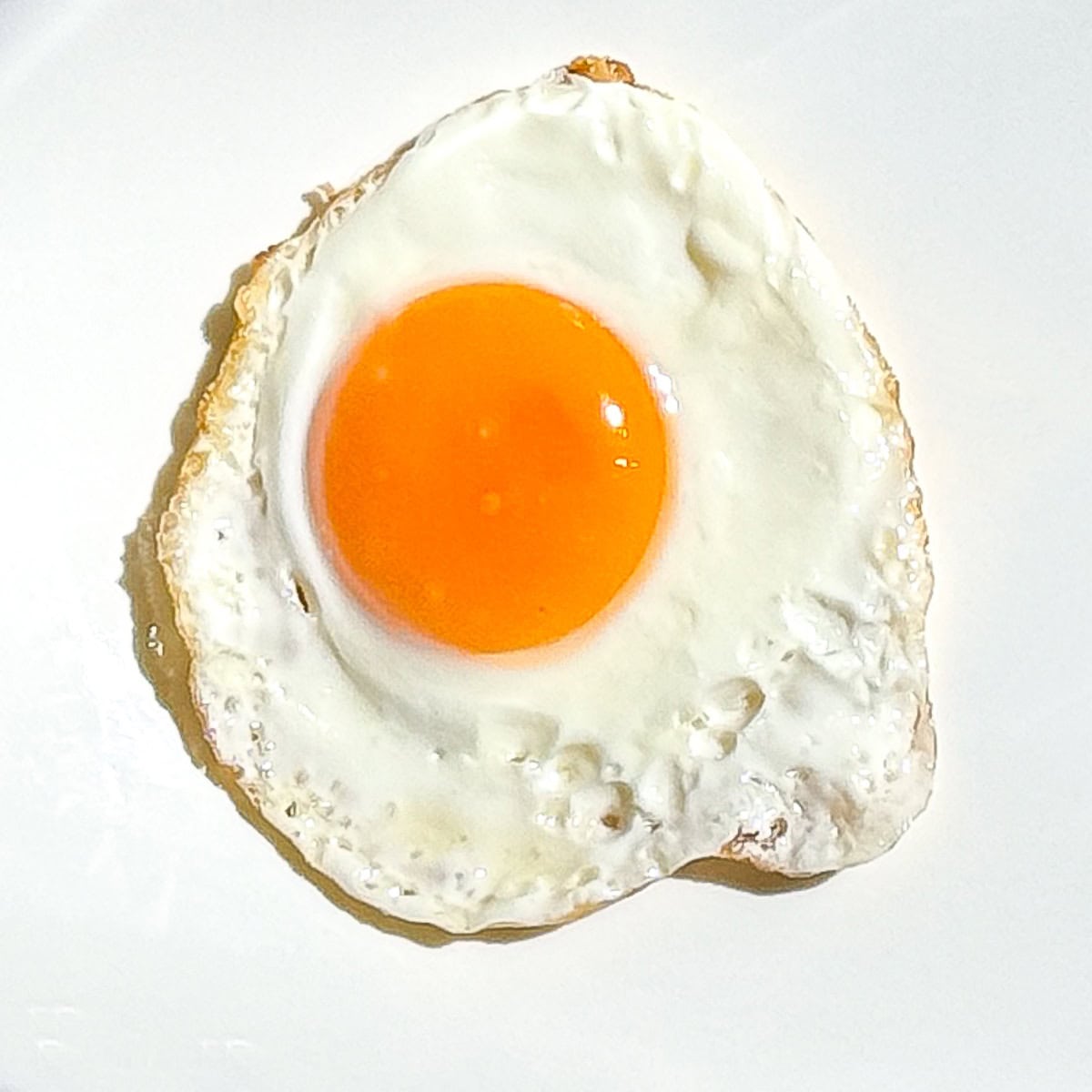
Sunny side up eggs: After one minute uncovered, let egg cook for one minute to 90 seconds covered, or until whites are completely set and the egg yolk is still runny
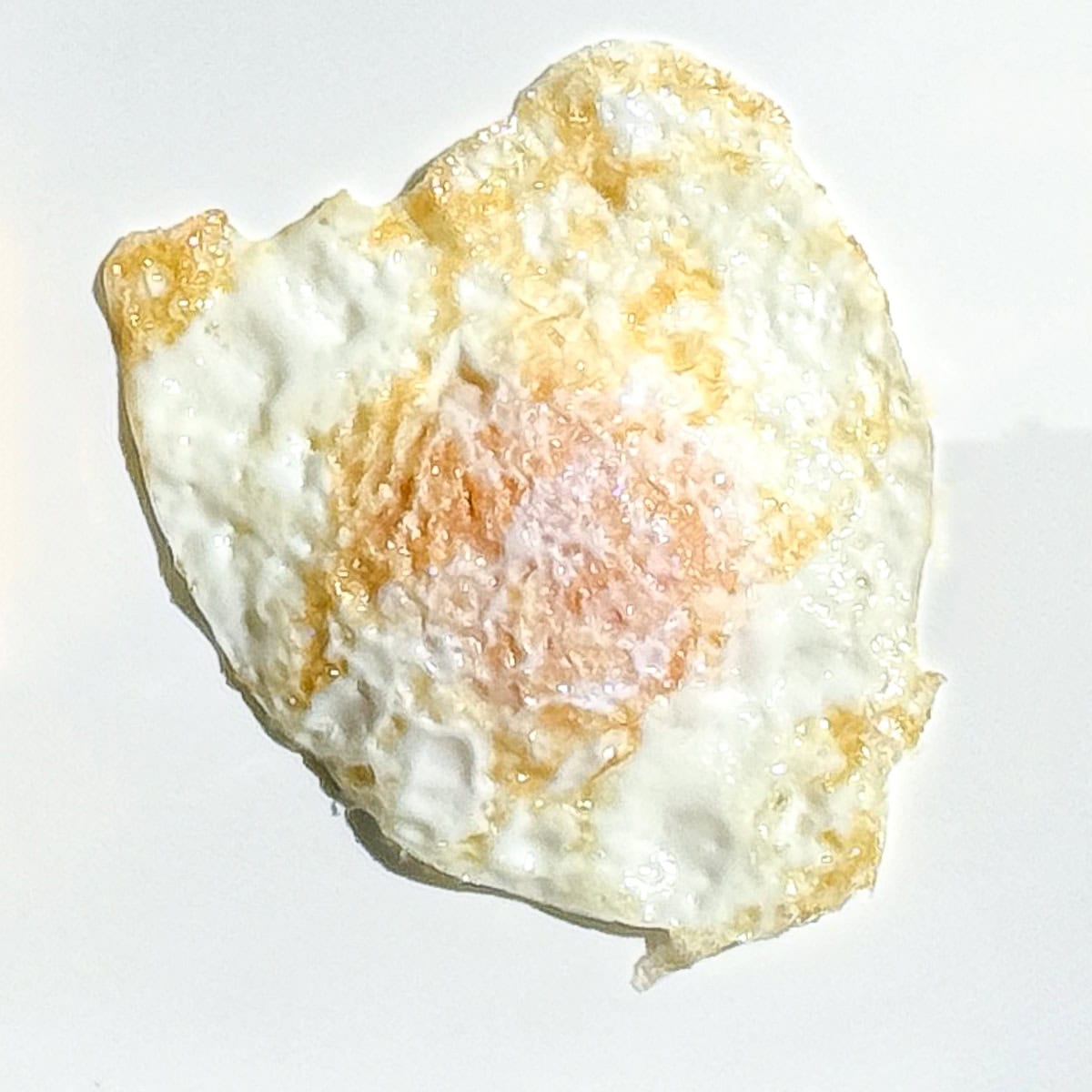
Over-easy eggs: Use a spatula to carefully flip your egg onto the second side and cook the top of the egg for only about 10 to 15 seconds, or until the egg white covering the top of the yolk is cooked, but the yolk is still runny.
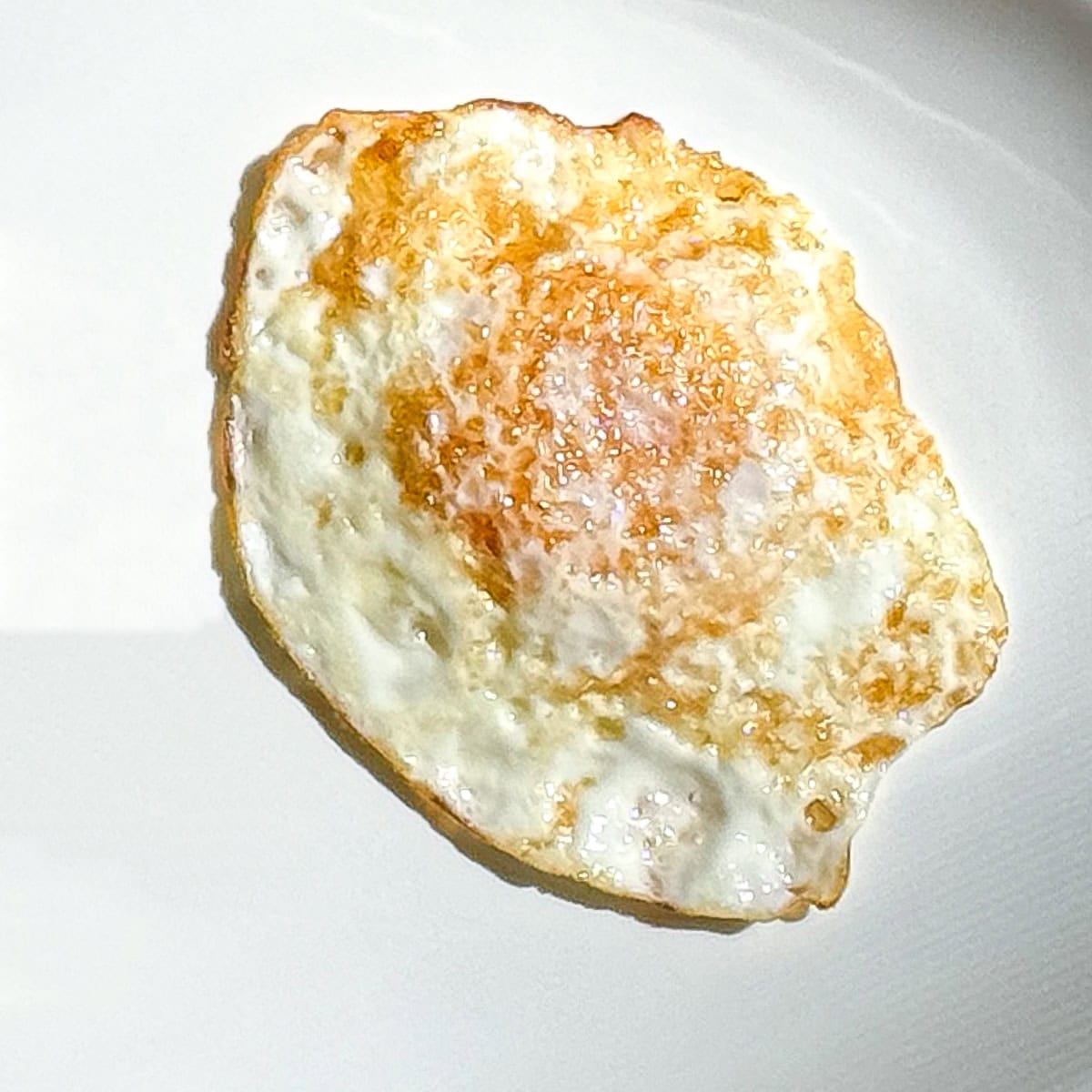
Over-medium: Use a thin spatula to carefully flip your egg onto the second side and cook for another minute to 90 seconds, so the yolk is jammy and barely runny. Cook 2 minutes if you want a hard yolk.
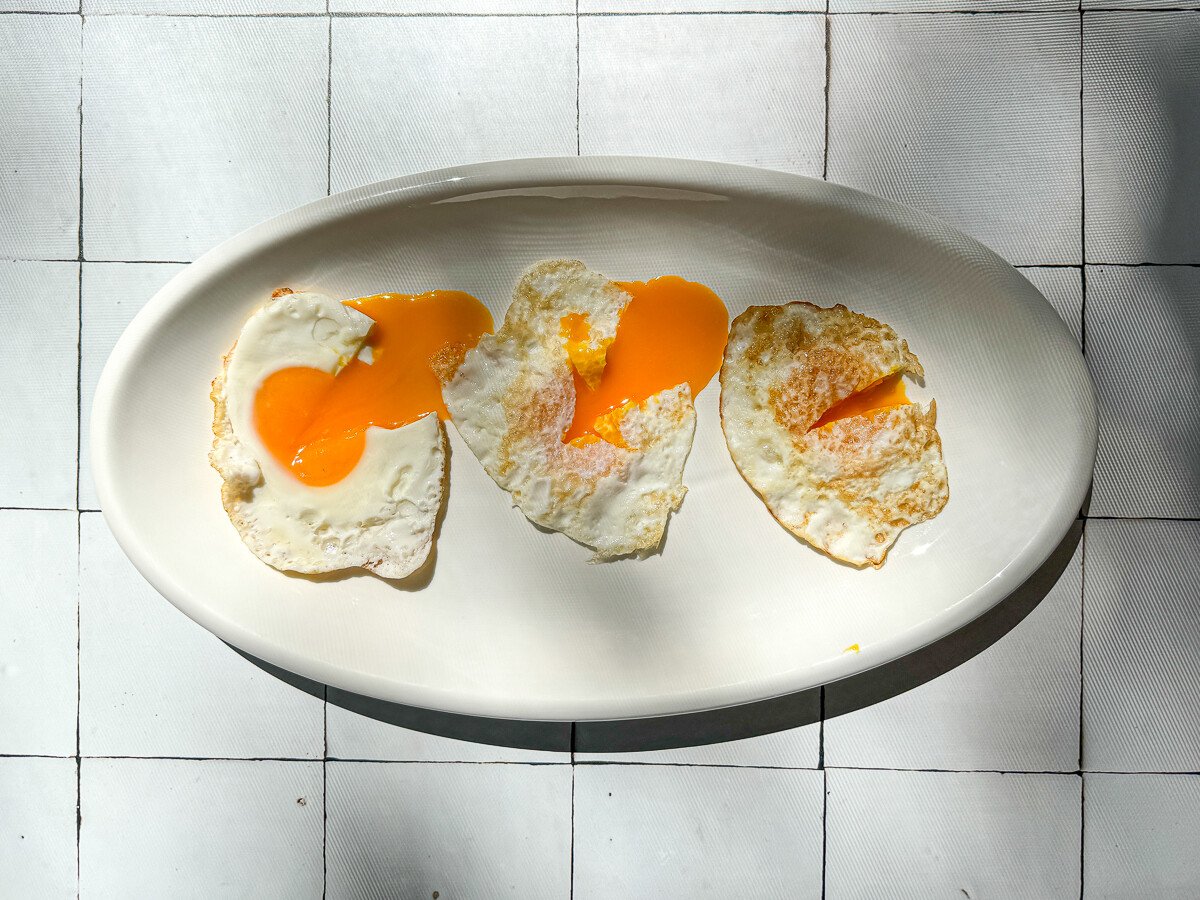
Transfer to a plate, season to taste, and serve immediately.
Egg doneness tip
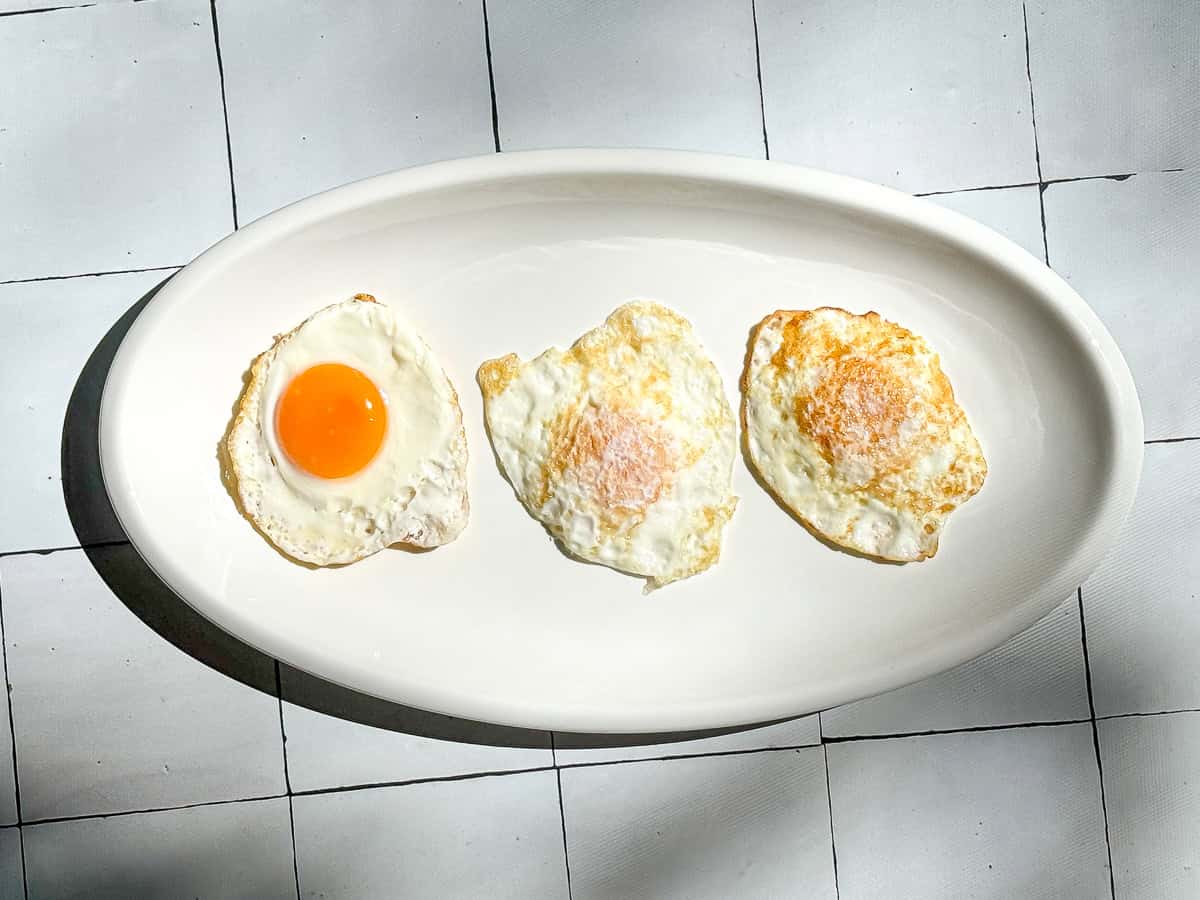
I test the doneness of a perfectly cooked fried egg the way old school chefs would test the doneness of a steak. Open the palm of your hand. Make sure your hand is relaxed:
- Over-easy: Take the index finger of your other hand and push on the fleshy area between the thumb and your wrist. That is how an over-easy egg should feel.
- Over-medium: Bring together your thumb and your first finger and then feel the same area below your thumb. That's how an over-medium egg should feel. It's not an exact science, but it works pretty well for me.
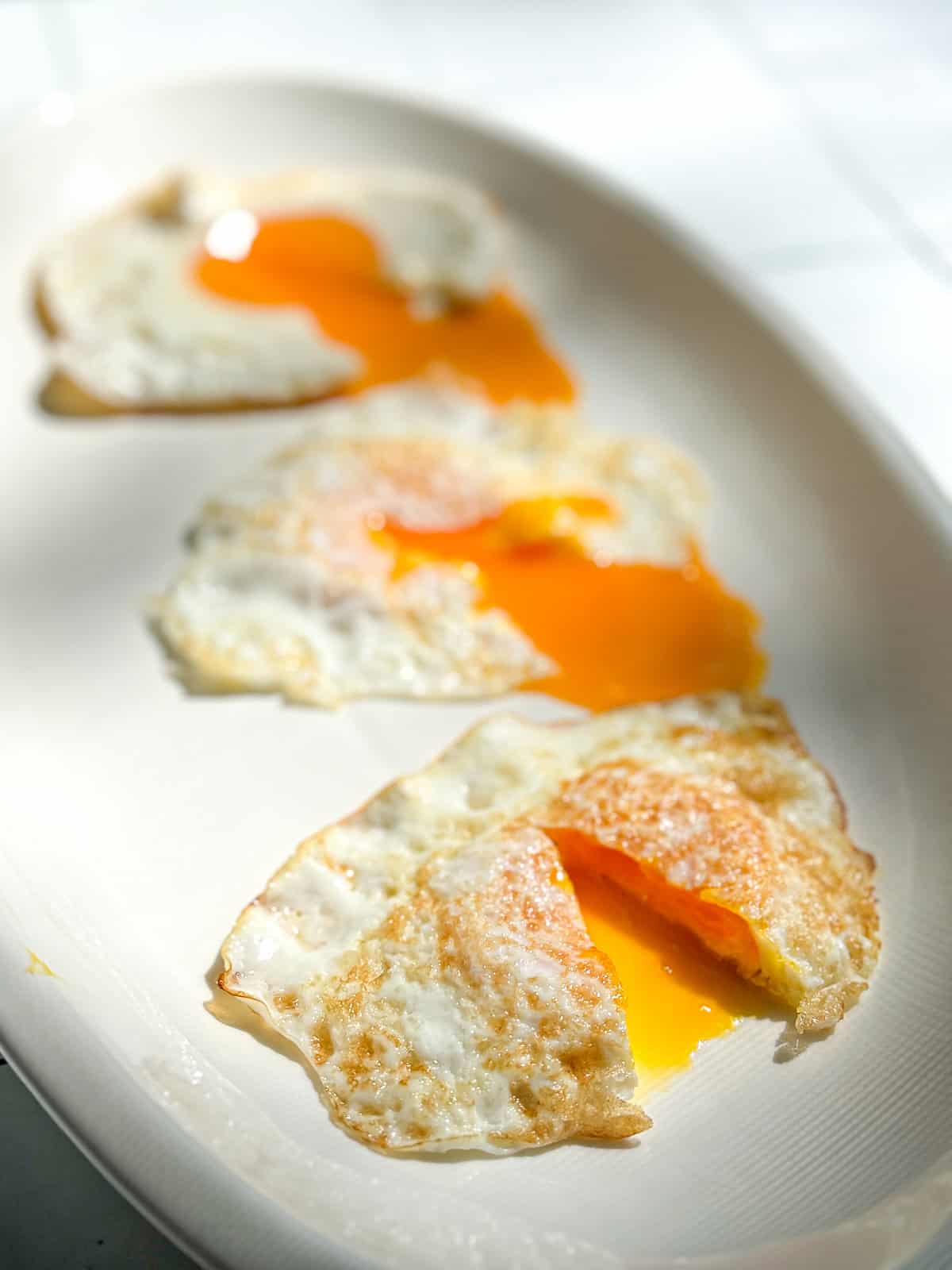
Recipe FAQs
With practice, yes you can! I recommend starting with single eggs, but over time you can add eggs to your pan. Try to start by cooking all your eggs to the same doneness with each batch. Later you'll be able to remove eggs as they're done at different times.
I prefer to use a neutral oil with a high smoke point, meaning it can be held to a higher heat before it burns or smokes. Regular vegetable oil or canola oil are good choices. Avocado, sunflower, or coconut oil are even better.
Your pan probably wasn't preheated enough. Make sure to give your pan enough time to reach the correct temperature. No stovetops are calibrated exactly the same, so your temp may be off. Here's a way to check the temperature of your pan if you don't have an infrared thermometer like Alton Brown. Put your hand over the pan about 2 to 3 inches above the surface. If it doesn't feel warm at all, that's low. If it warms your hand like you're in front of a fireplace, that's medium. If you can't leave your hand there for more than a second or two, that's high.

Did you try this recipe?
Leave a comment with a ⭐️ rating below to tell me all about it, and don't forget to tag me on Instagram!
I appreciate you!
-Cynthia
📖 Recipe

Perfect Fried Eggs (3 Ways!)
Ingredients
- 1 tablespoon vegetable oil or butter
- 1 large egg
- Salt and pepper to taste
Instructions
- Heat pan over medium heat. When hot, add your choice of fat. I prefer to use a neutral vegetable oil, although I will sometimes use ½ tablespoon of oil, let it heat, and then add ½ tablespoon of butter and heat until just foaming.
- Tilt the pan to evenly distribute the fat and carefully crack your egg just over the surface of the pan.
- Let cook for one minute on medium heat. You can season the egg now or wait until done. It doesn't make a difference.
- Cover the pan and cook for one more minute. If your pan does not have a lid, use a small sheet pan, or aluminum foil, to cover the pan completely.
- After one minute covered, your sunny side up egg should be done. If you want the whites cooked more, add 1 teaspoon of water and cover again for about 30 seconds.
- For over easy or over medium eggs, use a flexible spatula and gently flip over your egg. See below for specific cook times for each egg.
- Sunny side up: After one minute uncovered, cook for one minute to 90 seconds covered, or until whites are completely set and the yolk is still runny.
- Over-easy: Use a spatula to carefully flip your egg onto the second side and cook for only about 10 to 15 seconds, or until the whites covering the yolk are cooked, but the yolk is still runny.
- Over-medium: Use a spatula to carefully flip your egg onto the second side and cook for another minute to 90 seconds, so the yolk is jammy and barely runny. Cook 2 minutes if you want your yolk fully cooked.
- Transfer to a plate, season to taste, and serve immediately.

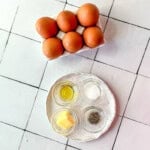



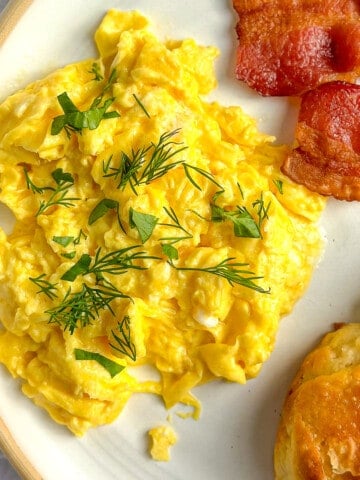
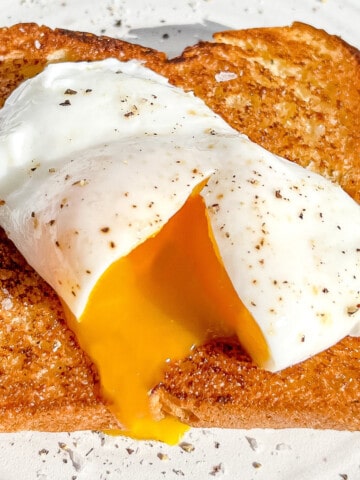

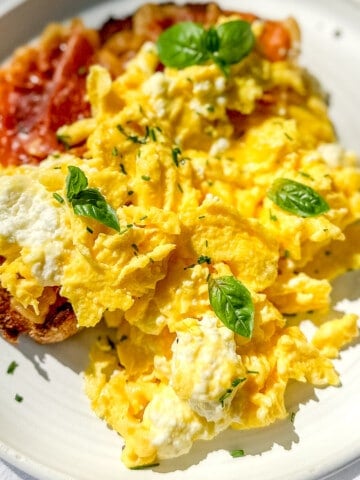
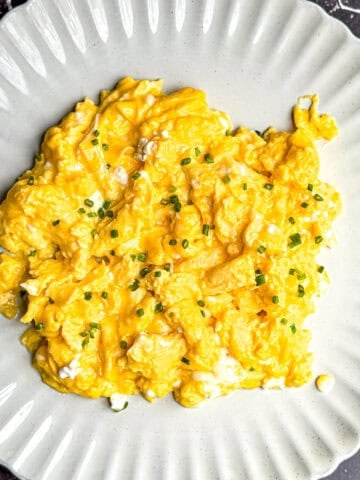
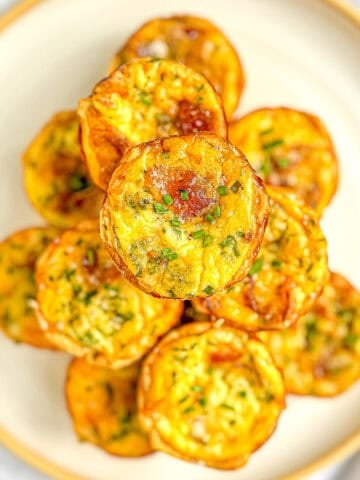
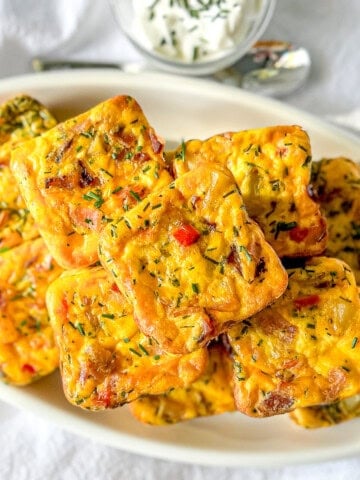
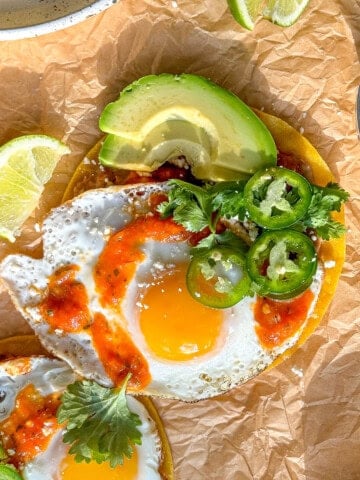
Comments
No Comments